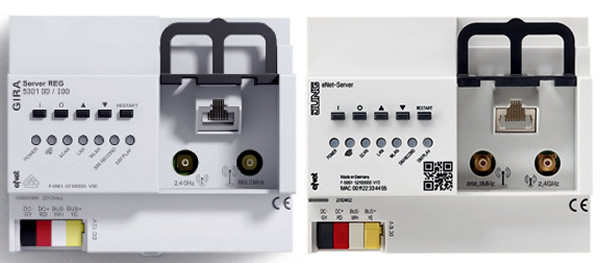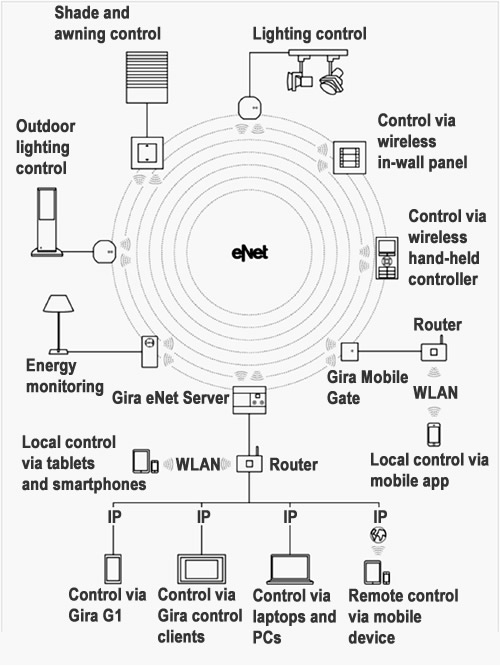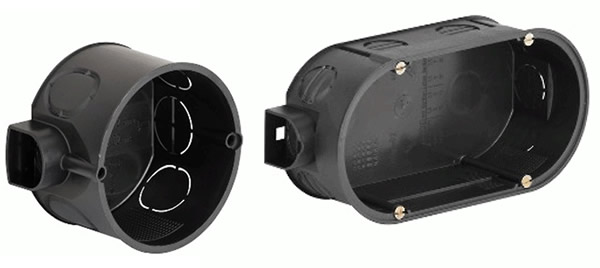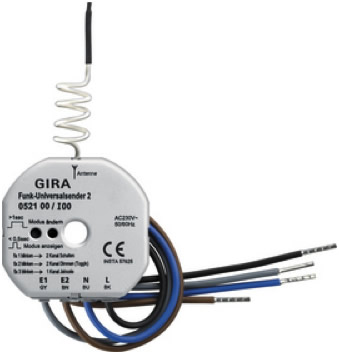 By Simon Buddle, Future Ready Homes.
By Simon Buddle, Future Ready Homes.
In the world of technology there is a persistent and rising noise – a noise that tech-heads have heard for many years. Just as American Indians pressed their ears to the cold steel of the track to glean knowledge about the imminent arrival of a train, so tech-heads listen to the crackle and squelch of the RF spectrum. Wireless has been, always, a part of my life – from my early days of setting up quarter-wave HF dipoles spanning 30 meters, to the now ever-present spectrum analyzer.
If possible I always recommend using a wired connection; it is, and always will be more robust than wireless, suffer less from interference and perform better in terms of speed. But wired connections are not always possible, and it is worth noting that Wi-Fi can now run at astonishing speeds.
The Growing Retrofit Market
In Great Britain, the housing stock is woefully inadequate. The number of new homes being built falls well short of the Government’s target of around 240,000 per year, and even if that target were reached, it is estimated that we actually need around 337,000 new homes per annum according to the Homes For Growth report by the CBI (Confederation of British Industry).
Homeowners are asking for smart technology, and the marketplace is already flooded with gadgets and gizmos to help run the home. With so many new homes potentially being built, there will be opportunities for wired installations. However, since the majority of our housing stock for the future already exists, retrofit is going to become very commonplace, and the demand for wireless is likely to outstrip the demand to run wire.
Bridging to KNX
Wireless KNX products have come a long way recently. Gone are the days of slightly clunky and chunky RF remote controls. Of course, a wireless system in its purest sense isn’t completely wireless (as I hear you all shout, ‘The lights still need power!’) Yes, it is true that to get the best out of wireless system, one still needs a few wires.
There are a number of wireless devices that enable you to program or bridge parts of systems together. Indeed Gira has recently gone one step further by providing the eNet Server. This unit connects wireless devices to the Internet, Wi-Fi and LAN. Simple record functions allow you to ‘record’ the customer’s lighting activity around the home and replay it when they are out. Jung also has a device that goes by the same name and looks very similar, but in fact runs its own eNet system.


Installing Radio Switches
The radio switch is one of the most common and easy items to retrofit. There are, I would suggest, four fundamentals to consider when installing them.
1. Back box depth. In the UK for example, at light switch locations, back boxes are often very shallow. Where possible, always add in a Kaiser back box. If that is not possible, make sure that the KNX switch will fit the back box. You will need an adapter plate too.

2. Metal back boxes are likely to reduce the signal performance down to as little as 10% of the manufacturer’s stated distance, so think about repeater locations carefully.
3. Programming is more complex and will require a considered radio design and additional time allocated during the commissioning phase to set up each switch.
4. The switch units use battery power, so it is worth having a few spares in your bag. Importantly, you have just entered into the world of service and maintenance. For you, this means a contract between you and the client, regular annual visits, and an ongoing revenue stream.
Remember that with wireless switches, data throughput capability is typically much lower, and there is a degree of latency involved. This means that feedback to the switches is not instantaneous, and large(r) amounts of data can take time to arrive. This is not generally an issue, but it is worth keeping in mind at the design stage.
If it is important to retain aesthetically-consistent switch plates throughout the home, you may wish to consider a volt-free four-way relay-switching radio transmitter. This can be installed behind any standard light switch so that the original look and feel can be left in place whilst converting the system an intelligent one.

Conclusion
The reduced cost, ease of device placement coupled with flexibility to add mobile devices, make wireless a powerful proposition. As with all system design, forward planning, testing and correct product selection will aid us on the way to a successful installation and a happy long-term customer.
If a wire can be installed, I would always recommend this, but, with the demand for smart technology in homes that have already been built, there is a real need for alternatives. A wireless KNX system might just fit the bill.
Simon Buddle is a consultant for Future Ready Homes, a specialist in BMS and ELV services system design. Simon is also a regular contributor to KNXtoday magazine.
You are welcome to comment on this article. See below.












